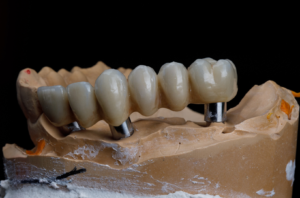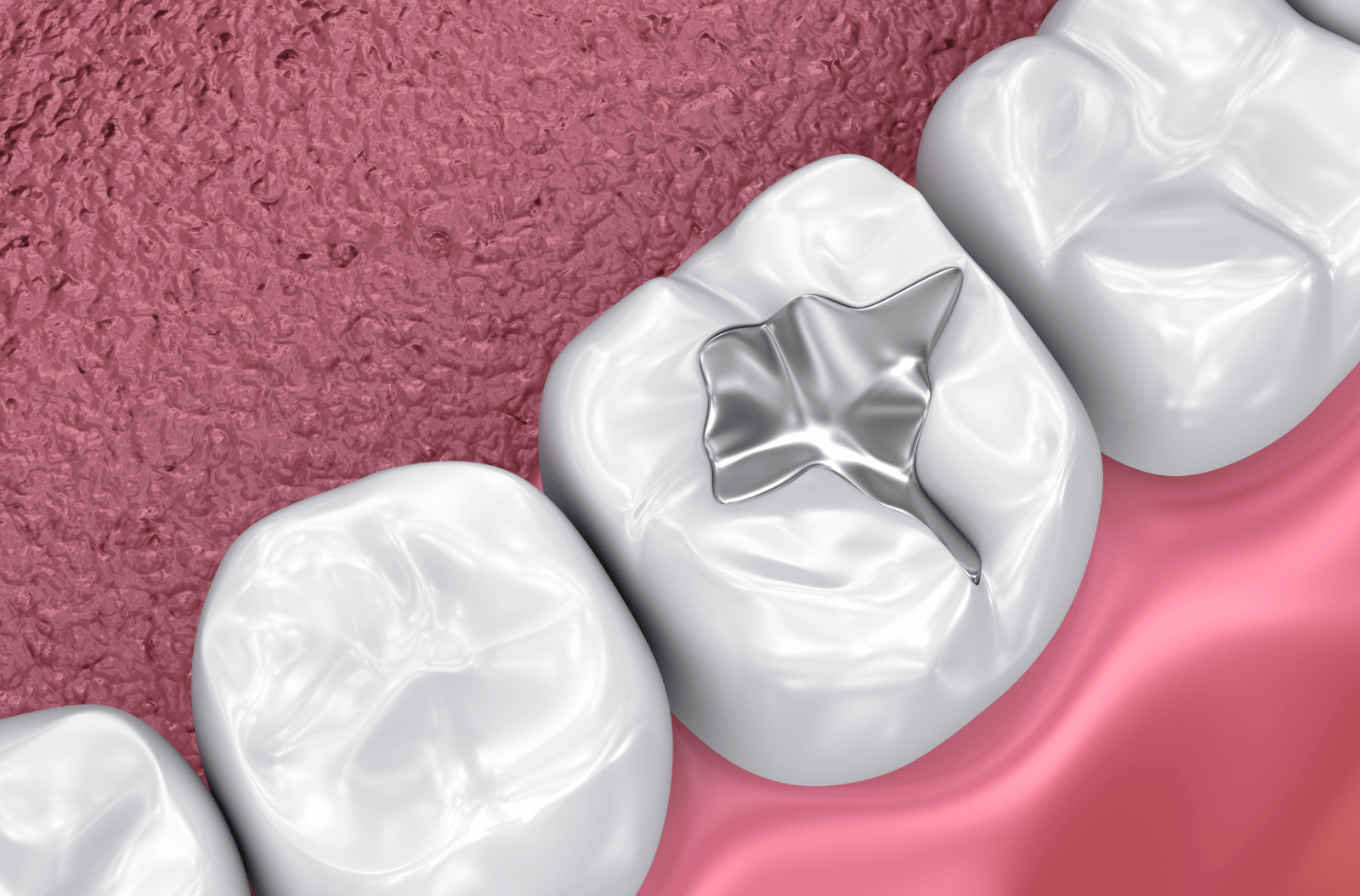In today’s modern world, dental health occupies a paramount position in our lives, and dental bridges have emerged as a pivotal solution in maintaining and enhancing it. Whether your tooth has been lost due to an unfortunate accident, tooth decay, or other underlying issues, dental bridges stand as a dependable remedy. This comprehensive guide will take you on a journey through the intricate landscape of dental bridges, elucidating their diverse types and the plethora of benefits they offer, as well as diving into the intricacies of the dental bridge procedure, post-operative care, costs, and the potential risks involved.

Introduction to Dental Bridges
Dental bridges, in essence, serve as a lifeline for individuals dealing with the loss of one or more teeth. These prosthetic marvels bridge the gap left behind by missing teeth, not only restoring the aesthetics of your smile but also revitalizing your ability to chew and enunciate clearly. As we delve deeper into the intricate world of Bridges, you’ll discover how they can rejuvenate your oral health and confidence.
Types of Dental Bridges
Traditional Dental Bridges: A Time-Tested Solution
Traditional dental bridges stand as the stalwart soldiers in the world of tooth replacement. Comprising one or more artificial teeth, they are securely anchored by dental crowns affixed to the adjacent natural teeth. This type of bridge shines brightest when you possess healthy teeth on both sides of the vacant space, ensuring stability and longevity.
Cantilever Dental Bridges: A Unique Approach
Cantilever dental bridges take a slightly different route, anchoring themselves to only one adjacent tooth. This design is particularly valuable when only one healthy tooth exists beside the void. It’s an ingenious solution that conserves your dental structure while addressing the issue at hand.
Maryland Dental Bridges: A Conservative Alternative
Maryland bridges, often hailed for their conservative approach, employ a framework of metal or porcelain bonded to the backs of adjacent teeth. This option minimizes the alteration required for adjacent teeth, providing a less invasive yet effective solution.
Implant-Supported Dental Bridges: The Gold Standard
Implant-supported dental bridges, considered the gold standard, offer unparalleled stability and longevity. This procedure involves surgically embedding dental implants into the jawbone, serving as sturdy pillars for the bridge. Implant-supported bridges are ideal for those with multiple missing teeth, promising lasting smiles.
Benefits of Dental Bridges
Dental bridges, akin to restorative marvels, bring forth a multitude of advantages. These include the restoration of your appearance and smile, the reinstatement of your ability to chew and articulate clearly, the preservation of your facial structure, the equitable distribution of bite force, and the prevention of neighboring teeth from shifting out of their natural positions.
The Dental Bridge Procedure
Embarking on the journey to a revitalized smile involves several crucial steps. It all begins with an initial consultation and thorough examination, followed by tooth preparation, if necessary. The process continues with the creation of precise impressions for bridge fabrication, the temporary placement of the bridge, and concludes with the permanent placement of your Bridge —a journey filled with promise and transformation.
Recovery and Aftercare
Navigating the post-operative phase of a dental bridge procedure is generally smooth. Patients may experience minor discomfort for a brief period, which can be effectively managed with over-the-counter pain relievers. Post-surgery care primarily revolves around maintaining impeccable oral hygiene and adhering to regular dental check-ups, ensuring that your newfound smile continues to shine brightly.
Dental Bridge Cost
The financial aspect of dental bridges is not one to be overlooked. The cost of these bridges varies depending on factors such as the type of bridge chosen, the materials employed, and geographical location. In general, traditional bridges tend to be more cost-effective compared to their implant-supported counterparts, offering flexibility in catering to diverse budgets.
Potential Risks and Complications
While dental bridges are renowned for their safety and efficacy, it’s essential to acknowledge potential risks. These may include tooth sensitivity, bridge detachment, gum-related issues, and the development of decay in natural teeth. Staying informed about these possibilities is a proactive step towards a successful Bridge experience.
FAQs About Dental Bridges
What are dental bridges, and how do they work?
Dental bridges are dental prosthetics designed to replace missing teeth. They comprise artificial teeth (referred to as pontics) that are supported by either adjacent natural teeth or dental implants, bridging the gap caused by tooth loss.
What is the typical lifespan of a dental bridge?
The lifespan of a dental bridge varies based on multiple factors, including the type of bridge, oral hygiene maintenance, and individual oral health. However, with proper care and regular check-ups, Bridges can often last between 10 to 15 years or even longer.
Does the dental bridge procedure cause discomfort?
While the dental bridge procedure is generally well-tolerated, some patients may experience mild discomfort or sensitivity. This discomfort is typically manageable with over-the-counter pain relievers and subsides within a few days.
Who is an ideal candidate for dental bridges?
Not everyone is a suitable candidate for dental bridges. Your eligibility depends on the condition of your oral health and the specific requirements of the procedure. A thorough examination by your dentist will determine if dental bridges are a viable option for you.
What steps should I take to maintain my dental bridge?
Maintaining your dental bridge involves practicing good oral hygiene. This includes regular brushing, flossing, and using an antiseptic mouthwash. Additionally, attending scheduled dental check-ups is crucial to monitor the condition of your bridge and overall oral health.
Conclusion
Dental bridges stand as a beacon of hope for those seeking to restore their smiles and regain the functionality of their teeth. This guide has unveiled the nuances of various bridge types, their benefits, the step-by-step procedure, post-operative care, costs, and potential risks. If you’re contemplating a bridge procedure, remember that consulting your dentist is the first step toward reclaiming your confident smile.








